Playing with Icelandic
words and photos by Barbara Bundick
At the 2019 Wisconsin Sheep and Wool Festival, I purchased an Icelandic lamb fleece with lovely golden locks curling over a snow white base.
Whatever I did with this fleece, I knew I wanted to keep the tog and thel together. The tog, by the way, are the long curly locks that shed water, keeping the sheep dry. The thel is the soft down that protects the sheep from the cold. After reviewing my options, I decided to try coreless core spinning the locks.
Once I skirted and then washed the fleece, I took a closer look at what I had. I admit I was disappointed. Not only did the fleece contain an overabundance of second cuts and vegetable matter (VM), much of the thel, the luscious soft white down, was shot through with black fibers, probably kemp. There was no indication of any of this in the judge’s review sheet.
Word to the wise: don’t take the judge’s review sheet at face value. Always check for yourself. Second word to the wise: don’t impulse buy a fleece on Sunday morning in the few minutes available before running off to class.
Ah well. Normally I would comb the worst of the VM out. However, since that would separate the thel from the tog, combing wasn’t an option. I was stuck, but since my goal was to practice coreless corespinning, I decided I could live with the flaws.
Coreless corespinning is the same as corespinning except you wrap the fiber around the core at the same time you’re spinning the core. For me, that means keeping my left thumb on the edge of the drafting zone and my right thumb in the middle of the drafting zone. I spin the fiber between my thumbs into the core. The fiber outside my right thumb rides up over the right thumb, wrapping itself around the core. By keeping the tog locks on the right, beyond the right thumb, they would be free to wrap loosely around the yarn and then shake free when it was time.
I tried corespinning two ways – fast and slow. The slow method consisted of separating out the locks and fanning out the cut end. I spun the cut end while the lock was allowed to curl around the core. It worked, but it was slow and picky.
So I tried the faster method, which consisted of fluffing out a bunch of the washed locks combined. It also worked, but I wasn’t quite able to keep the locks out of the core the way I wanted to. So I returned to the slow, picky method and declared success – or at least as much success as I was going to get given all the kemp.
Will I try core spinning locks again? Probably. I do love a nice Icelandic fleece. The rest of this fleece, however, will be a gift to the compost pile.
Did you know we also have a monthly PLY newsletter? Sign up here!
PLY Magazine believes that Black lives matter, as well as LBGTQI+ lives. Those most vulnerable and persecuted in our communities deserve our love and support. Please be good to each other.

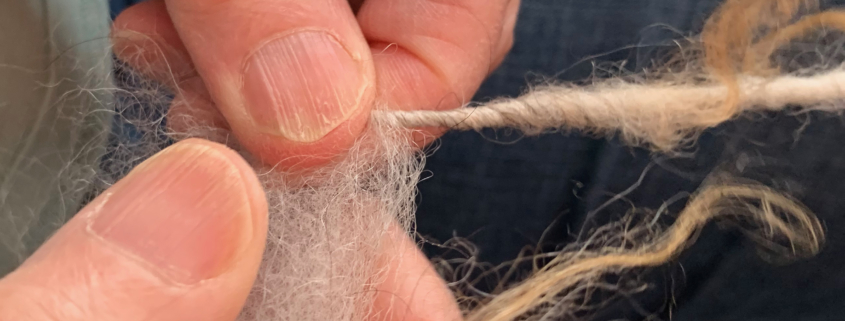
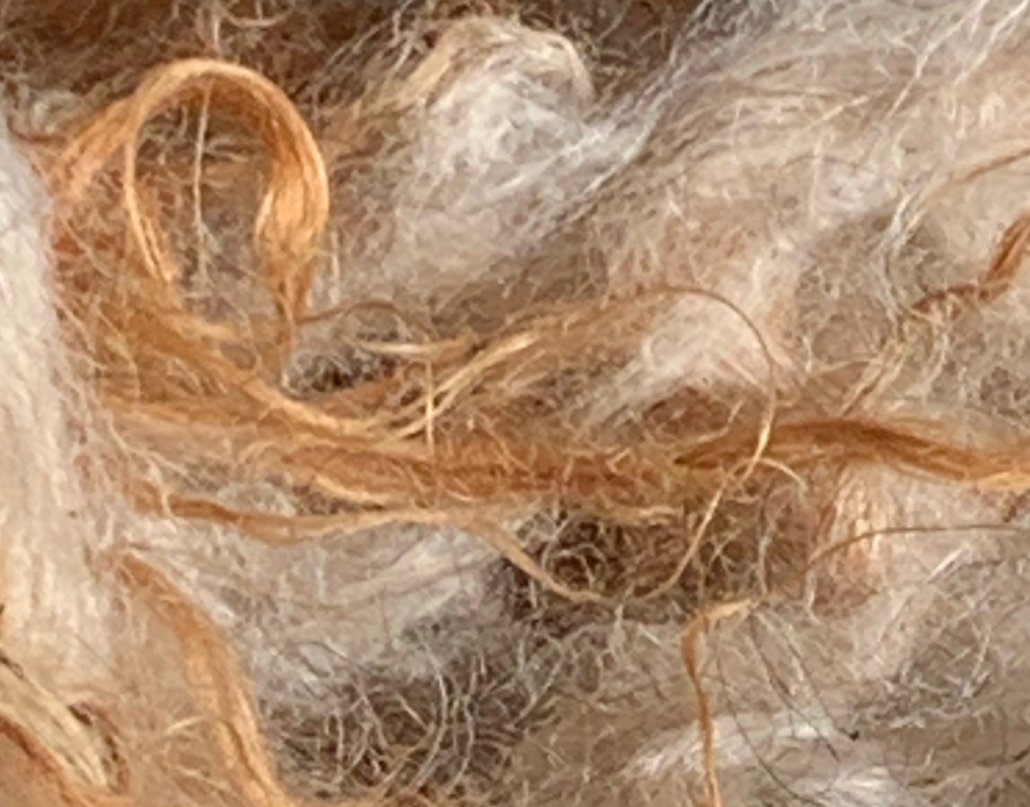
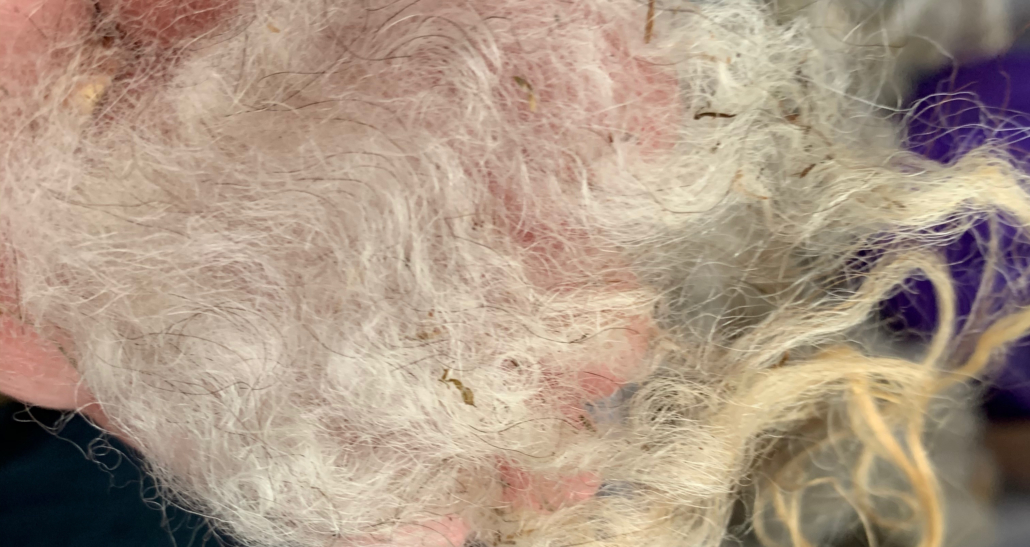
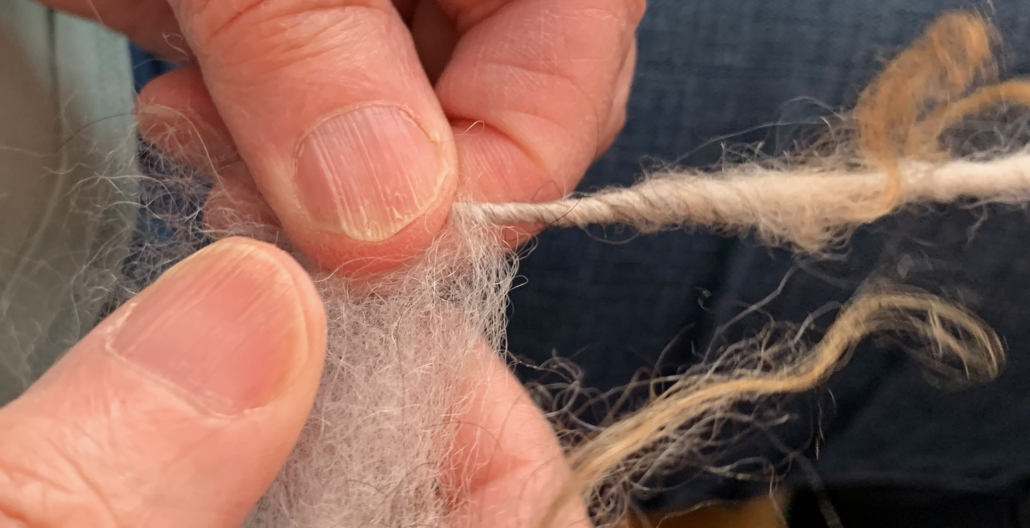
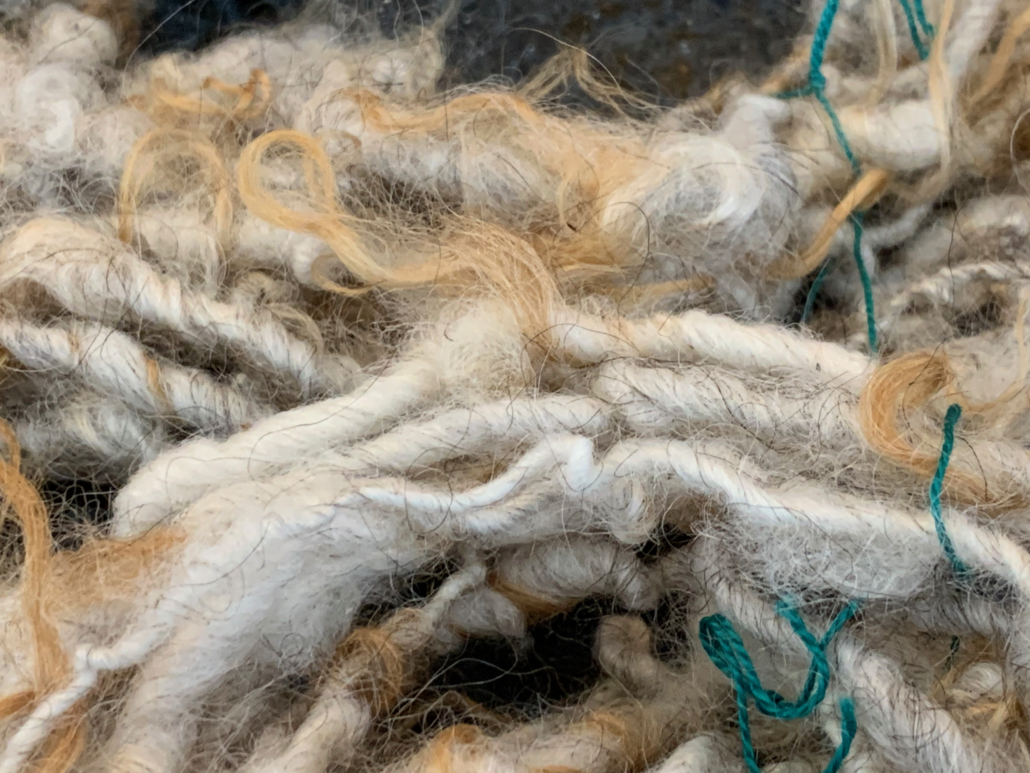


Leave a Reply
Want to join the discussion?Feel free to contribute!